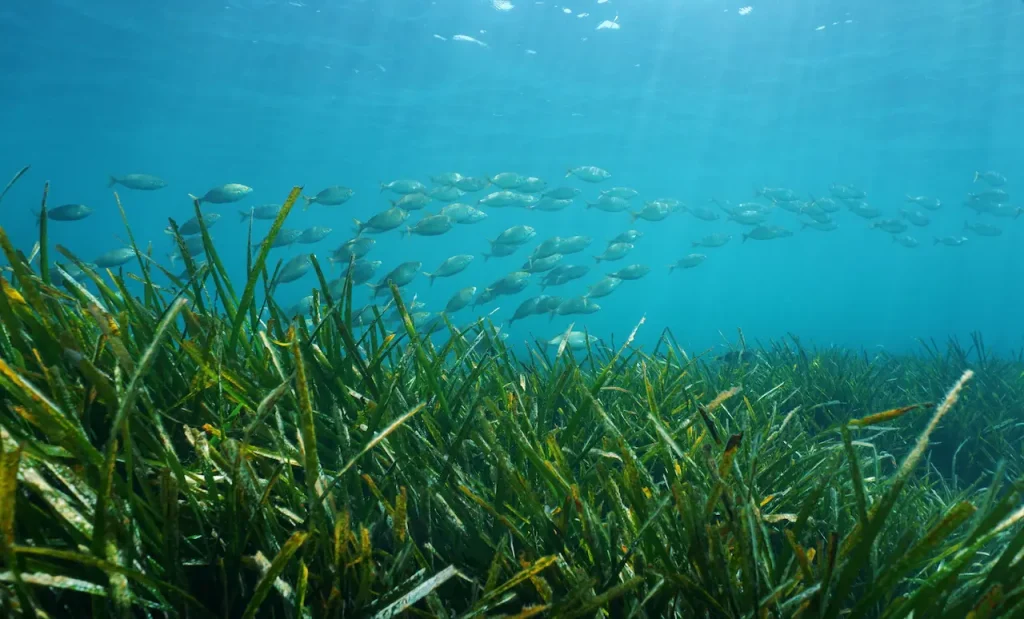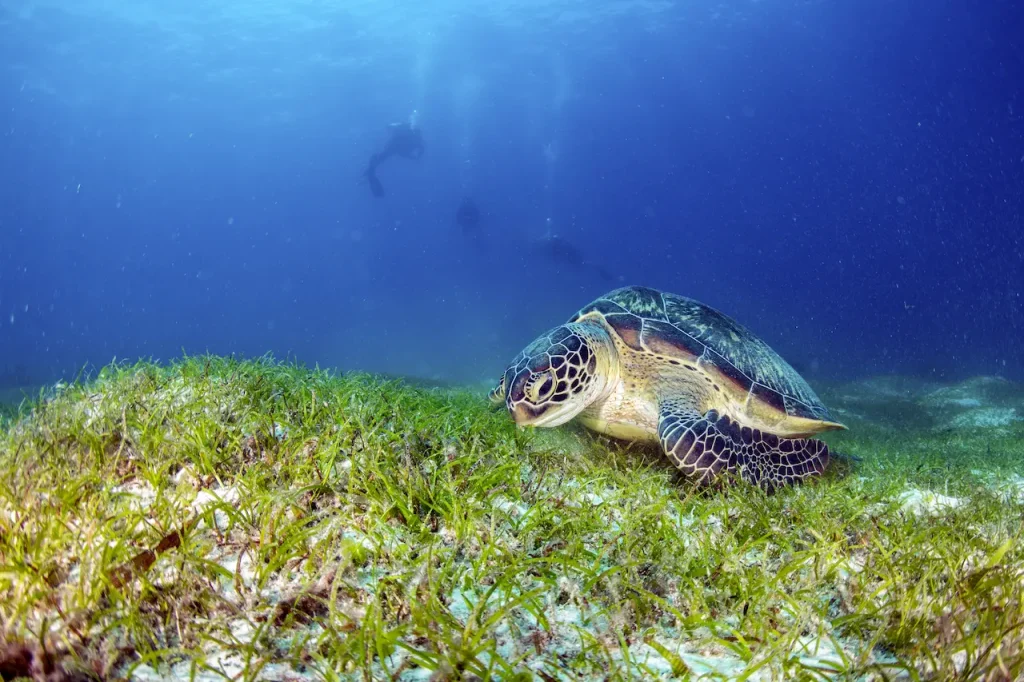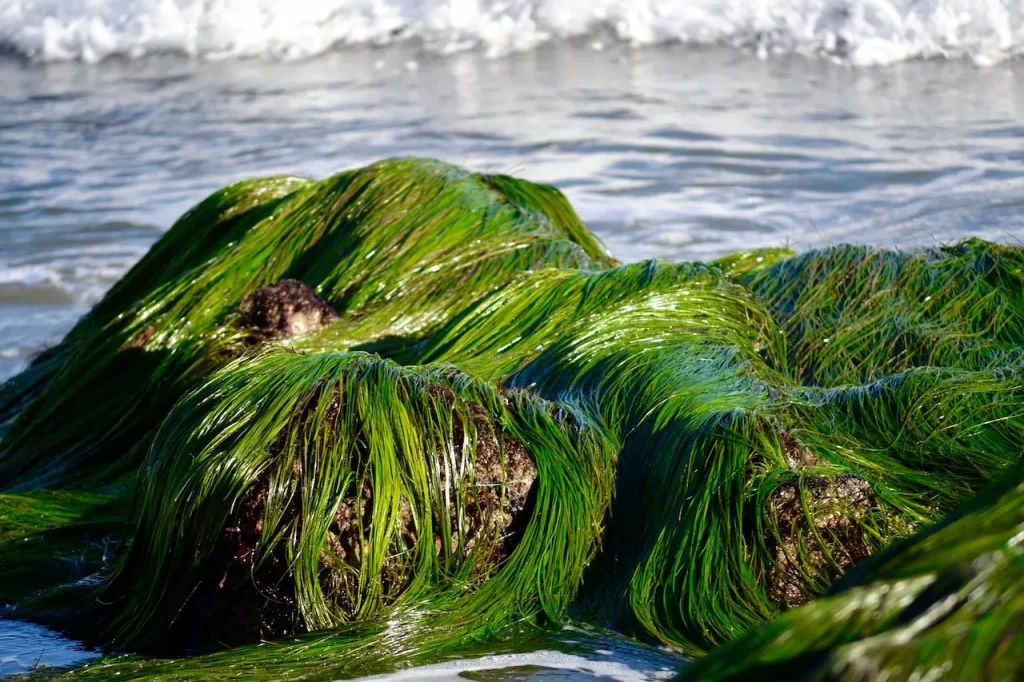What Eats Seagrass?
Categories
- Accipitridae (1)
- Acrididae (1)
- Algae (2)
- Alligatoridae (1)
- Amoebidae (1)
- Amphibians (3)
- Anatidae (1)
- Anguillidae (1)
- Arachnids (2)
- Bears (2)
- Big Cats (3)
- Birds (13)
- Bovidae (5)
- Bufonidae (1)
- Camelids (1)
- Cameras (1)
- Canines (13)
- Caridea (1)
- Carnivora (10)
- Castoridae (1)
- Cats (5)
- Cebidae (1)
- Cephalopod (1)
- Cervidae (2)
- Cetacean (1)
- Chondrichthyes (1)
- Crocodilia (2)
- Crustaceans (4)
- Culicidae (1)
- Cyaneidae (1)
- Dasypodidae (1)
- Dasyurids (1)
- Deer (1)
- Delphinidae (1)
- Desktop (1)
- Didelphidae (1)
- Dinosaurs (1)
- Dogs (13)
- Dolphins (2)
- Echinoderms (1)
- Education (10)
- Elephantidae (1)
- Equine (1)
- Erethizontidae (1)
- Erinaceidae (1)
- Farming (1)
- Felidae (5)
- Fish (5)
- Food Chain (31)
- Food Web (2)
- Formicidae (1)
- Frugivore (1)
- Gaming (1)
- Gastropods (1)
- Giraffids (1)
- Great Apes (2)
- Health Conditions (3)
- Herbivore (4)
- Hi-Fi (1)
- Hippopotamidae (1)
- Hominidae (1)
- Insects (10)
- Invertebrates (2)
- Keyboards (1)
- Laptops (1)
- Leporidae (1)
- Mammals (23)
- Marsupials (4)
- Mephitidae (1)
- Microchiroptera (1)
- Mollusks (2)
- Mongoose (1)
- Muridae (1)
- Nocturnal Animals (1)
- Odobenidae (1)
- Omnivore (2)
- Phasianidae (1)
- Phocidae (1)
- Plankton (1)
- Plants (2)
- Primate (1)
- Ranidae (1)
- Reptiles (7)
- Rhinocerotidae (1)
- Rodents (5)
- Salamandridae (1)
- Scarabaeidae (1)
- Sciuridae (2)
- Sharks (1)
- Shellfish (1)
- Sound (1)
- Spheniscidae (1)
- Suidae (1)
- Superfamily Papilionoidea (1)
- Theraphosidae (1)
- What Eats (5)
Seagrass, often overlooked yet incredibly vital, forms the foundation of one of the most productive and biologically diverse ecosystems in the ocean. These underwater meadows, a group of about 60 species of marine flowering plants, carpet the ocean floor in shallow, sunlit waters around the world. Seagrass is not merely a plant; it’s a dynamic habitat, a food source, and a key player in the ocean’s health.
The importance of seagrass cannot be overstated. It provides crucial nursery grounds for a multitude of marine species, many of which are economically important for fisheries and essential for maintaining biodiversity. These lush underwater gardens offer shelter and food to a wide range of marine life, from tiny invertebrates to large fish, turtles, and even marine mammals like manatees and dugongs.
But seagrass’s role extends beyond just being a habitat. It is a powerful ally in the fight against climate change, sequestering carbon dioxide at a rate faster than tropical rainforests. Furthermore, its dense root and leaf systems help stabilize the sea bed, protecting coastlines from erosion and maintaining water clarity.
As we delve deeper into understanding and appreciating these marine meadows, it becomes clear that the survival of countless marine species, the health of our oceans, and the well-being of our planet are intricately tied to the fate of seagrass. Protecting and conserving these underwater ecosystems is not just about preserving plant life; it’s about safeguarding the future of our oceans and their abundant life.
A variety of marine animals rely on seagrass as a primary food source. These include:
Table of Contents
ToggleGreen Sea Turtles
These herbivorous reptiles graze on seagrass, which constitutes a significant part of their diet.
Manatees and Dugongs
Often referred to as “sea cows,” these large marine mammals feed almost exclusively on seagrass.
Small Fish and Invertebrates
Numerous species of small fish and invertebrates, such as sea urchins and certain types of crustaceans, also feed on seagrass.
Waterfowl
Some species of ducks and geese consume seagrass, especially in areas where their natural habitats overlap.
The grazing of these animals is not merely a feeding activity but also plays a role in maintaining the health of seagrass meadows by preventing overgrowth and promoting diversity.
How Does Seagrass Grow?
Seagrass grows in shallow, sheltered marine environments along coastlines and in estuaries. The growth process of seagrass involves several key factors:
Light Penetration
Seagrass requires sunlight for photosynthesis. It typically grows in clear, shallow waters where sunlight can easily penetrate.
Sediment Type
Seagrass roots in soft sediments, often in sandy or muddy bottoms. These roots help stabilize the sediment and prevent erosion.
Water Quality
Clean, nutrient-rich water is vital for healthy seagrass growth. Polluted waters can be detrimental to these delicate ecosystems.
Asexual Reproduction
Seagrass can reproduce asexually through rhizome extension, allowing it to spread and form dense meadows.
Flowering and Seed Production
Some seagrass species also reproduce sexually by flowering and producing seeds, which are then dispersed by water currents.
The Impact of Seagrass on Ocean Ecosystems
Seagrass meadows are essential for the health and sustainability of marine ecosystems due to several factors:
Biodiversity Hotspots
Seagrass beds are rich in biodiversity. They provide nursery grounds for many marine species, including commercially important fish and shellfish.
Carbon Sequestration
Seagrasses are efficient at capturing and storing carbon dioxide from the atmosphere, playing a crucial role in mitigating climate change.
Water Filtration
These underwater meadows filter and clarify water, improving the quality and health of the surrounding marine environment.
Protection Against Erosion
The root systems of seagrass stabilize the seabed, reducing coastal erosion and protecting shorelines.
Oxygen Production
Like terrestrial plants, seagrasses photosynthesize, producing oxygen that is vital for marine life.
The Importance of Seagrass
The significance of seagrass cannot be overstated. Here’s why:
Supporting Fisheries
Many fish species that are crucial for commercial and subsistence fishing spend part of their life cycle in seagrass meadows.
Maintaining Water Quality
By filtering pollutants and stabilizing sediments, seagrass helps maintain the clarity and quality of coastal waters.
Climate Change Mitigation
Seagrass meadows are among the most effective ecosystems in the world at sequestering carbon, thus playing a critical role in combating climate change.
Protecting Marine Species
Seagrass beds are a haven for a myriad of marine species, offering shelter and food. The loss of seagrass can lead to a decline in these populations.
Economic Value
Seagrass ecosystems support commercial fisheries and tourism industries, contributing significantly to local and global economies.
Threats to Seagrass Meadows
Despite their importance, seagrass meadows are under threat. Major threats include:
Coastal Development
Construction along coastlines can lead to habitat destruction and increased sedimentation, which clouds the water and reduces light availability for seagrass.
Pollution
Runoff from agriculture and urban areas brings nutrients and toxins into the marine environment, leading to eutrophication and harmful algal blooms that suffocate seagrass.
Climate Change
Rising sea temperatures and ocean acidification are altering the delicate balance required for seagrass to thrive.
Anchoring and Dredging
Boating activities, including anchoring and dredging, physically damage seagrass beds, leading to their decline.
Invasive Species
The introduction of non-native species can disrupt the ecological balance of seagrass ecosystems.
Conservation and Restoration Efforts
Conserving and restoring seagrass meadows is critical. Efforts include:
Marine Protected Areas
Establishing protected areas helps shield seagrass from harmful activities, allowing these ecosystems to recover and thrive.
Pollution Control
Implementing better waste management and runoff controls can significantly reduce the pollution entering marine environments.
Restoration Projects
Replanting efforts and initiatives to reseed damaged areas are crucial in recovering lost seagrass meadows.
Research and Monitoring
Continued research and regular monitoring are essential to understand the health of seagrass ecosystems and the effectiveness of conservation strategies.
Conclusion
Seagrass meadows are an indispensable component of our global ecosystem. They support a diverse range of marine life, protect coastlines, and play a significant role in carbon sequestration. The preservation and restoration of these underwater meadows are crucial for the health of our planet. By understanding their importance and the threats they face, we can take steps towards ensuring these vital ecosystems continue to thrive for generations to come.



